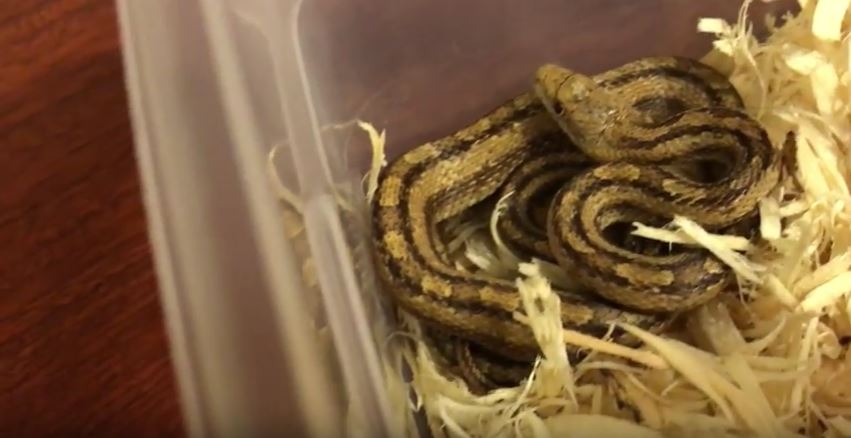The Yellow Rat Snake: appearance, biology, life cycle, habitat, diet, behavior

This is one of the largest snake species found in the world today. It is found in the northern hemisphere and poses no threats to humans, but some bolder species can be harmful.
Appearance
The yellow rat snakes are very striking in their appearance and they are very pleasant. There are more than 50 sub-species that have been reported all over the world. They can be greenish in color with a body that is yellow-brownish. They also bear four stripes that are dark in color and they run along the body changing color based on the environment. They can grow up to 5 or 10 feet depending on the species.
Biology
These snakes are within the reptilia class in the animalia kingdom. They reproduce in early summer and even late spring. The males are passive during courtship and await a female to pass by the territory. Females can lay 35 eggs and the incubation period is around 60-70 days.
Behavior
They are active at night and can be seen outdoors in the day too. Their behavior depends on where they live. There are some regions where yellow rat snakes are aggressive, while in others they are less aggressive. Younger yellow rat snakes are more likely to bite than the adults.
Habitat
The yellow rat snakes are mostly found within the Northern Hemisphere, including some of the United States regions. They love the coastal areas, the thick forested areas, swamps, farmlands, floodplains, and even buildings that have been left abandoned.
Diet
As their name reveals, the yellow rat snakes feed mainly on rats. This is something that has been confirmed by numerous studies that have been conducted so far. The rat snake can go to great lengths to catch a rat. The other foods that the yellow rat snake can feed on include smaller birds, rodents and mice.
Life cycle
The life cycle of the yellow rat snake mainly depends on the environment that they are in and the prevailing factors. The wild yellow rat snakes have a life span that is 10-15 years when they have an adequate food supply. In captivity, they can live for over 20 years.
Go back to the How to Get Rid of Snakes page or email us if you have any other questions about The Yellow Rat Snake: appearance, biology, life cycle, habitat, diet, behavior
About Us
We are the Pest Education Network, a non-profit organization that focuses on wildlife and pest removal education. Our approach utilizes Integrated Pest Management, a strategy advocating prevention and humane methods.


